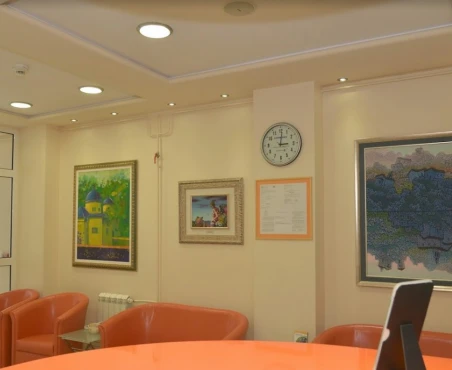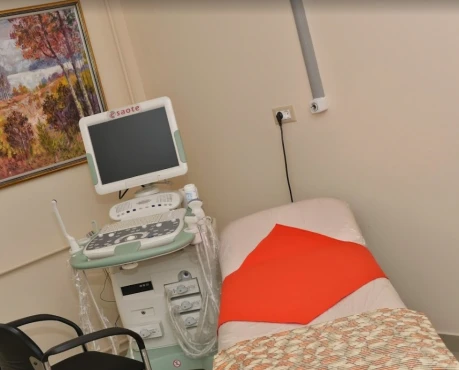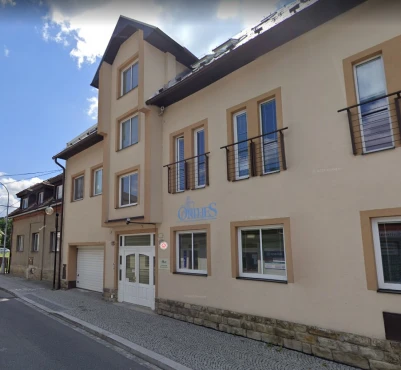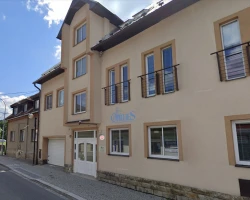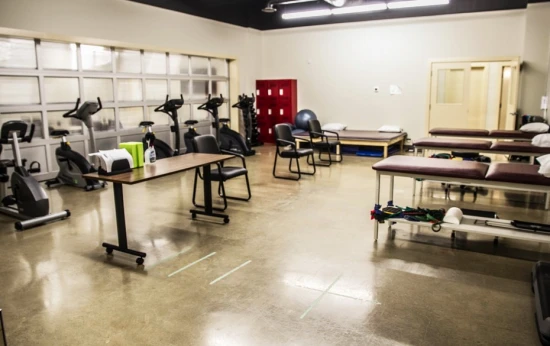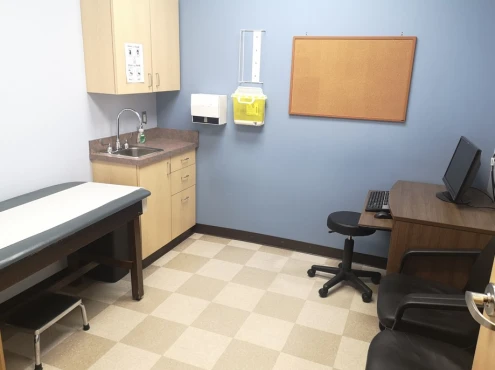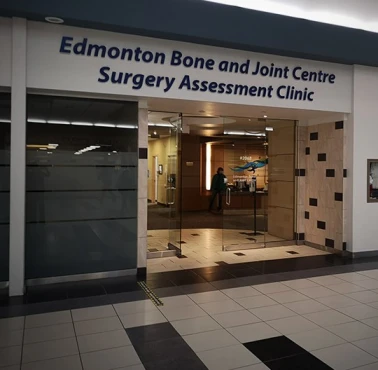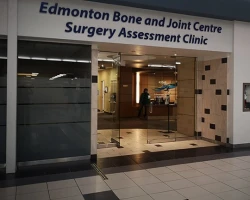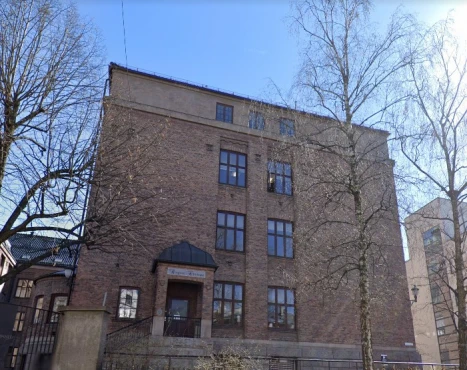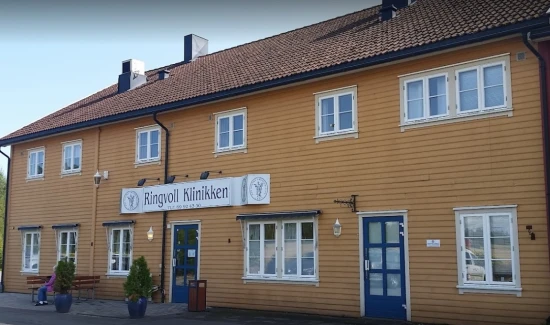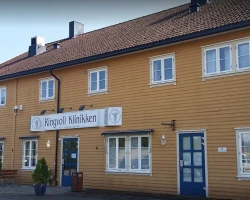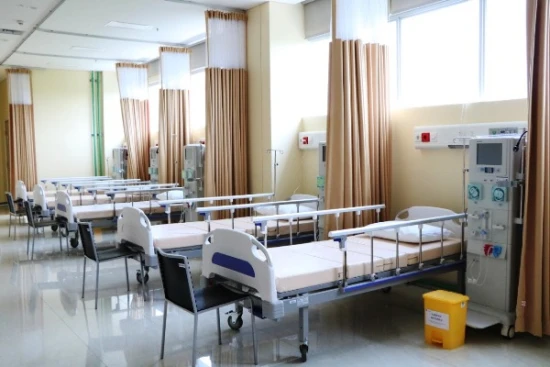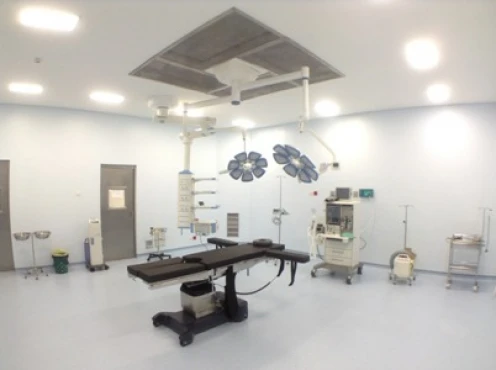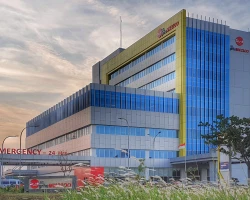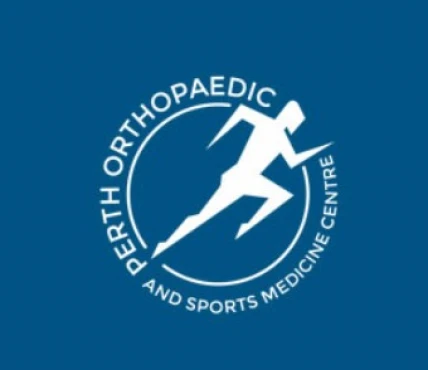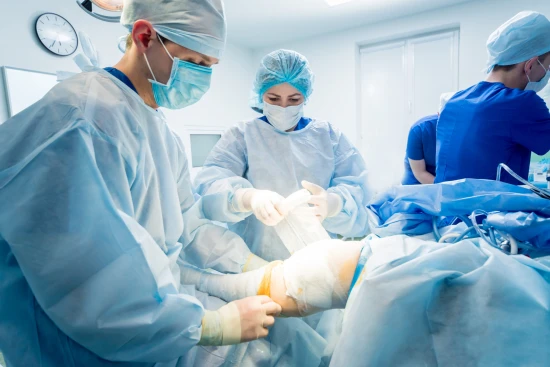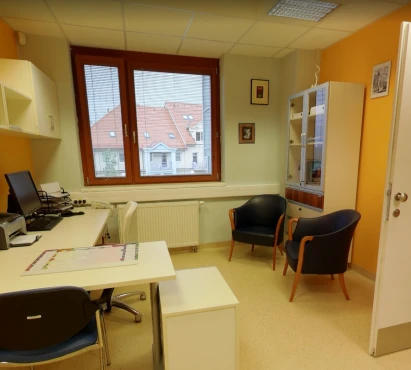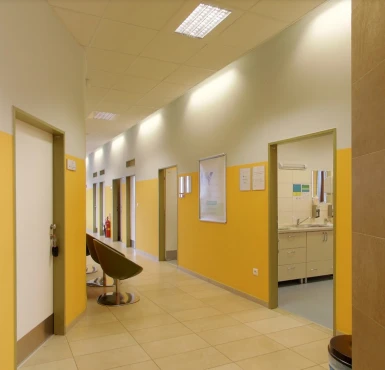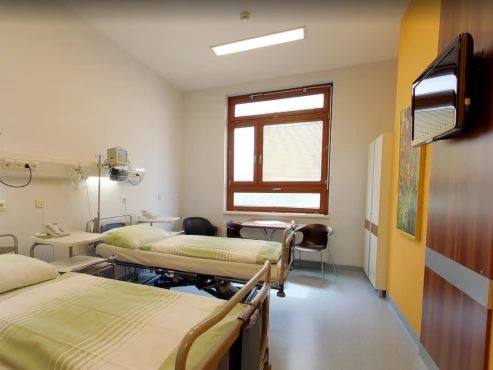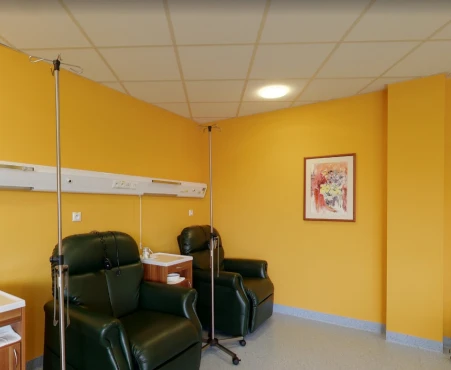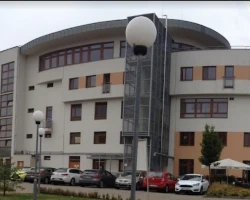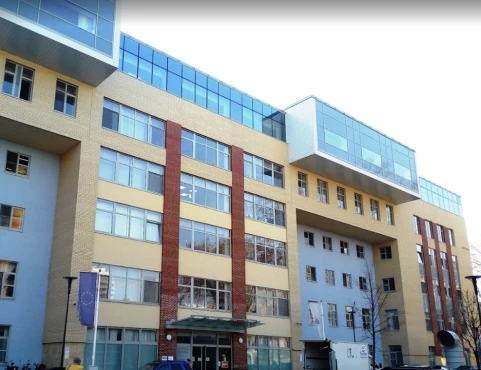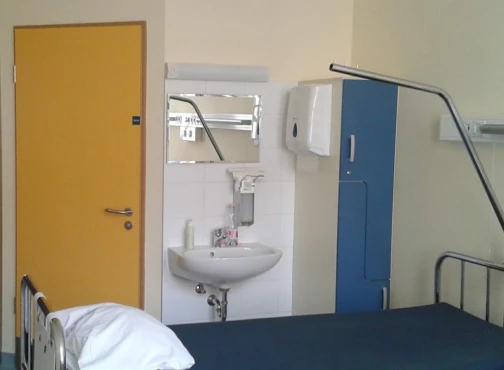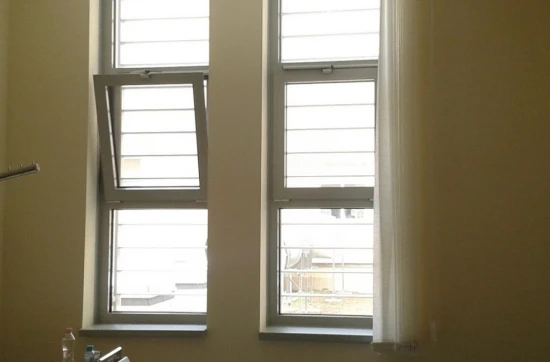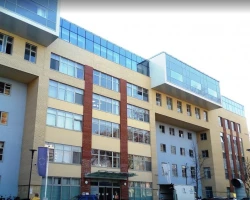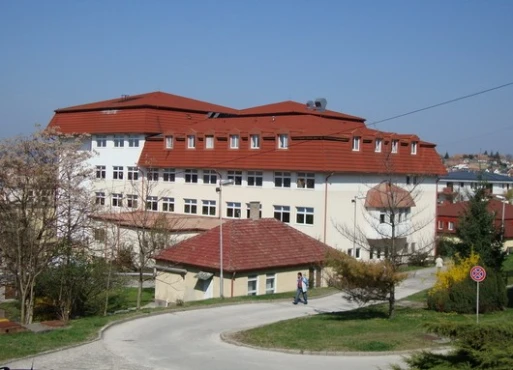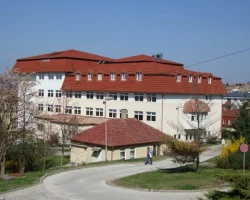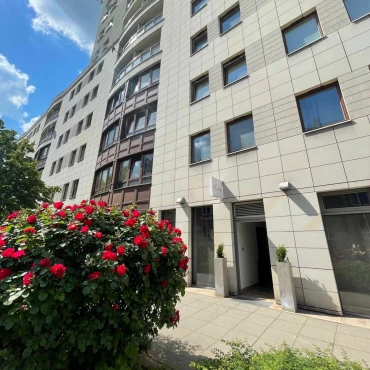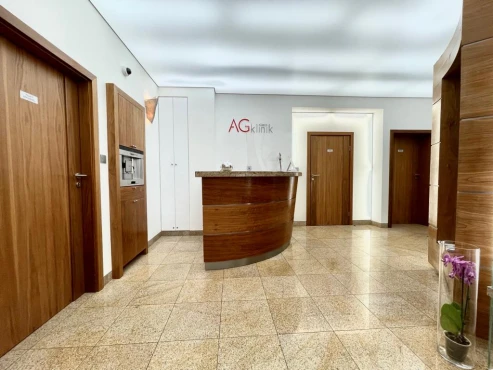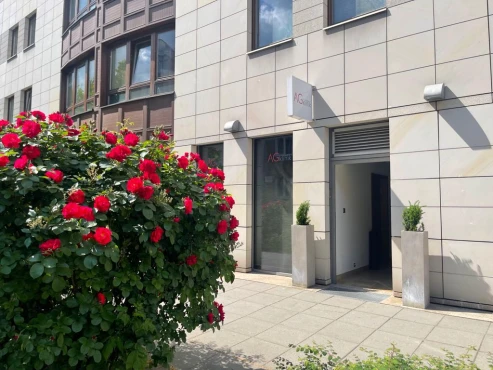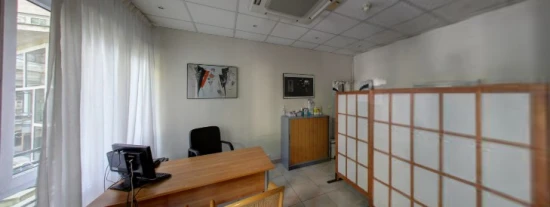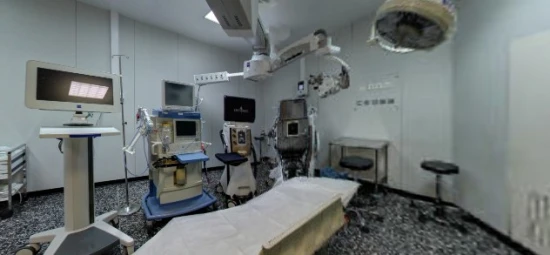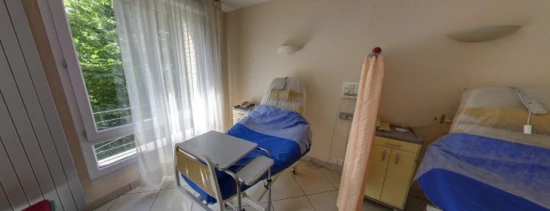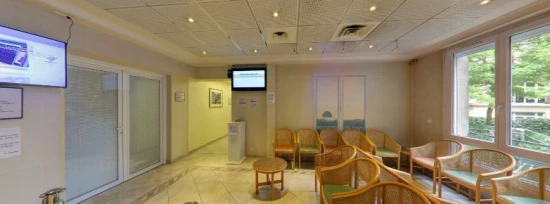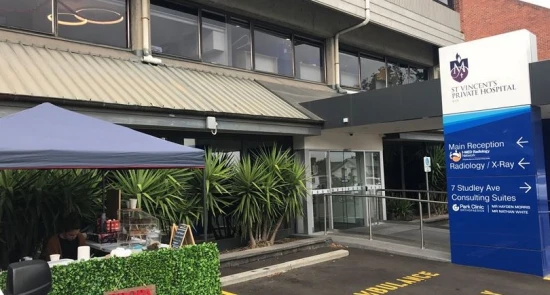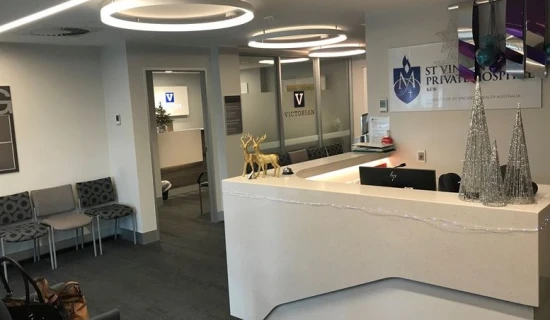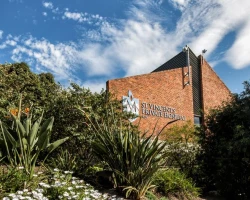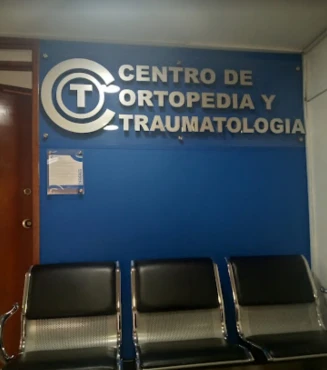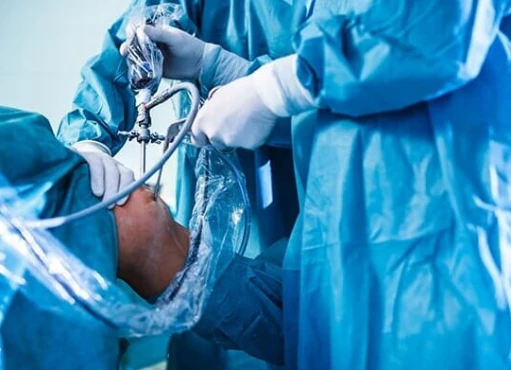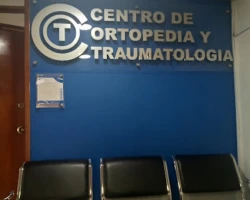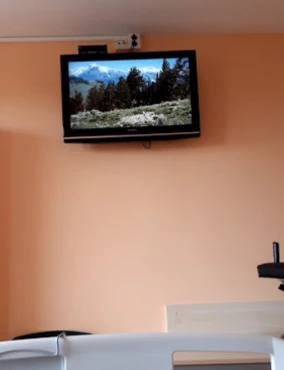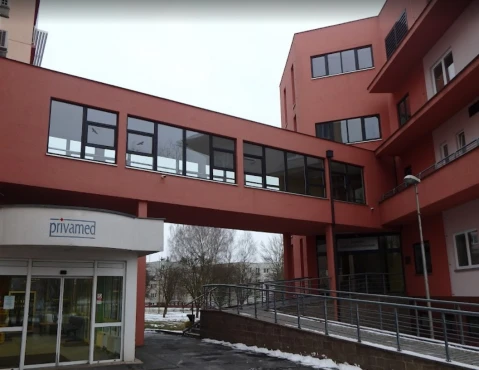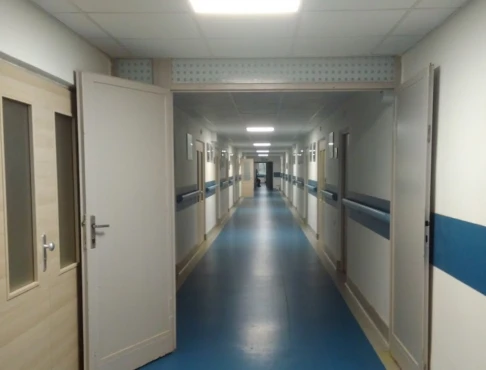What is the rotator cuff?
The rotator cuff is a group of four muscles and tendons that surround and support the shoulder joint, enabling it to move freely and remain stable. These muscles—supraspinatus, infraspinatus, teres minor, and subscapularis—work in harmony to keep the head of the upper arm bone (humerus) properly positioned within the shallow shoulder socket. The rotator cuff plays a crucial role in performing overhead activities, such as lifting, throwing, and reaching.
When and how does the rotator cuff tear? The subtypes of rotator cuff tnjury
Rotator cuff injuries commonly arise from repetitive strain, gradual degeneration over time, or traumatic incidents like falling on an outstretched arm. These injuries can range from partial tears to complete tears through the full thickness of the tendon, and can be sudden or long-standing. There are three main types of rotator cuff injuries:
- Partial tear: The tendon is damaged but not completely ruptured. This is often caused by repeated stress or aging.
- Full-thickness Tear: The tendon is completely torn and detached from the bone, leading to significant loss of shoulder strength and function.
- Massive tear: This is a large full-thickness tear involving more than one tendon, and is common in elderly patients or those with severe trauma.
What is rotator cuff repair?
Rotator cuff repair is a surgical intervention designed to reattach the damaged tendon back to the bone. This surgery is often recommended when more conservative treatments, such as physical therapy, medications, or injections, fail to provide relief from symptoms, or when a full-thickness tear is present, particularly in individuals who lead active lifestyles. The procedure can be performed using different techniques, including open surgery, minimally invasive mini-open surgery, or arthroscopic surgery.
Who can benefit from rotator cuff repair?
Patients who experience significant shoulder pain, significant weakness, and decreased overall shoulder function due to a rotator cuff tear may greatly benefit from undergoing surgical repair, particularly those individuals who have a full-thickness tear in their rotator cuff tendons. Active individuals, such as athletes or those who work in physically demanding jobs, are often considered prime candidates for this type of surgical intervention. In addition, elderly patients who have developed degenerative tears in their rotator cuffs may also experience substantial benefits from undergoing surgical repair, assuming their overall health and activity level are suitable. Furthermore, surgery is frequently recommended for patients who have sustained acute, traumatic tears in their rotator cuff, as delaying treatment in these cases can unfortunately lead to tendon retraction and progressive muscle atrophy, which can further compromise shoulder function and recovery.
How rotator cuff repair subtypes are performed
The traditional open repair approach requires making a large incision to directly access and reattach the torn tendon. While effective, this method tends to have a longer recovery period and is less commonly used today. [American Academy of Orthopaedic Surgeons, 2024]
A newer technique, known as the mini-open repair, involves making a smaller incision and combining it with arthroscopic procedures to address the tear. This approach offers a quicker recovery time compared to the open surgery.
The most modern and widely used technique is the arthroscopic repair. This minimally invasive procedure involves making small incisions and using a camera and specialized tools to meticulously repair the torn tendon. This arthroscopic method results in reduced postoperative pain, fewer complications, and a faster overall recovery for the patient.
What are the risks of the rotator cuff repair procedure?
While the various rotator cuff repair techniques are generally safe, with modern advancements complication rates remain low, each approach carries some inherent risks. Infection, although rare, is more likely to occur with open surgical procedures compared to minimally invasive techniques. Many patients may experience some postoperative shoulder stiffness, but this can be effectively managed through physical therapy. The likelihood of the repair failing, resulting in a re-tear of the tendon, can vary considerably depending on the specific method used and the size of the original tear. Full-thickness and particularly massive tears are more prone to re-tearing, especially in elderly individuals whose tissue quality may be poorer. Finally, although nerve injury is an uncommon occurrence, it is a potential risk that is more prevalent with open surgical approaches. Overall, the benefits of rotator cuff repair often outweigh these moderate risks, and patients can take comfort in the fact that complication rates are generally low with today's advanced treatment options.
What’s next? Novel options in rotator cuff surgery
Recent advancements in rotator cuff repair include the use of biological materials like scaffolds and patches to improve tendon healing, as well as growth factor injections to stimulate tissue regeneration. Stem cell therapy is also being investigated as a complementary approach, especially for patients with age-related tendon deterioration. Furthermore, robotic-assisted surgery is emerging as a technique to enhance the precision of arthroscopic rotator cuff repairs.
Post-treatment outcomes and potential need for re-intervention after rotator cuff surgery
The results of rotator cuff surgery are generally positive, with most patients seeing improved shoulder function, reduced pain, and a return to their normal daily activities. Approximately 80-90% of patients undergoing arthroscopic repair experience significant symptom relief. However, the success of the procedure depends on several factors, such as the size and location of the tear, the patient's age, and their adherence to the post-operative rehabilitation program.
Re-tear rates can vary, with larger, more extensive tears having a higher chance of recurring (up to 25-40%), especially in older patients or those with poor quality of the tendon tissue. In some cases, additional treatment may be needed if the repair fails or the tendon tears again. Fortunately, newer techniques like the use of biological materials (biological augmentation) can help reduce these risks.
Follow-up plan for patients after rotator cuff repair
After rotator cuff repair, patients usually wear a sling for several weeks to allow the tendon to heal. The follow-up plan typically includes [Mazuquin et al., 2024]:
- Initial follow-up: The first appointment is around 10-14 days after surgery to check the wound and remove stitches.
- Physical therapy: Gentle, passive range-of-motion exercises start 2-4 weeks after surgery, followed by more active exercises at 6-8 weeks. Strengthening exercises begin around 12 weeks. Full recovery can take 6-12 months, depending on the tear size and the patient's rehabilitation commitment.
- Long-term monitoring: Patients should continue periodic follow-up visits, especially if they have persistent symptoms like pain or weakness. This helps ensure the tendon heals properly and the shoulder regains full function.
Comparison with other surgical and therapeutic approaches
Compared to conservative treatments like physical therapy or steroid injections, rotator cuff surgery provides a more definitive solution for full-thickness tears. However, non-surgical options may still be suitable for partial tears or patients who cannot undergo surgery due to other health concerns.
In contrast to shoulder replacement surgery, rotator cuff repair is less invasive and focuses on repairing the tendon rather than replacing the joint. This makes it a preferred choice for younger patients with isolated tendon injuries. For older individuals with advanced rotator cuff damage and arthritis, a reverse shoulder replacement may be a more appropriate treatment approach.

